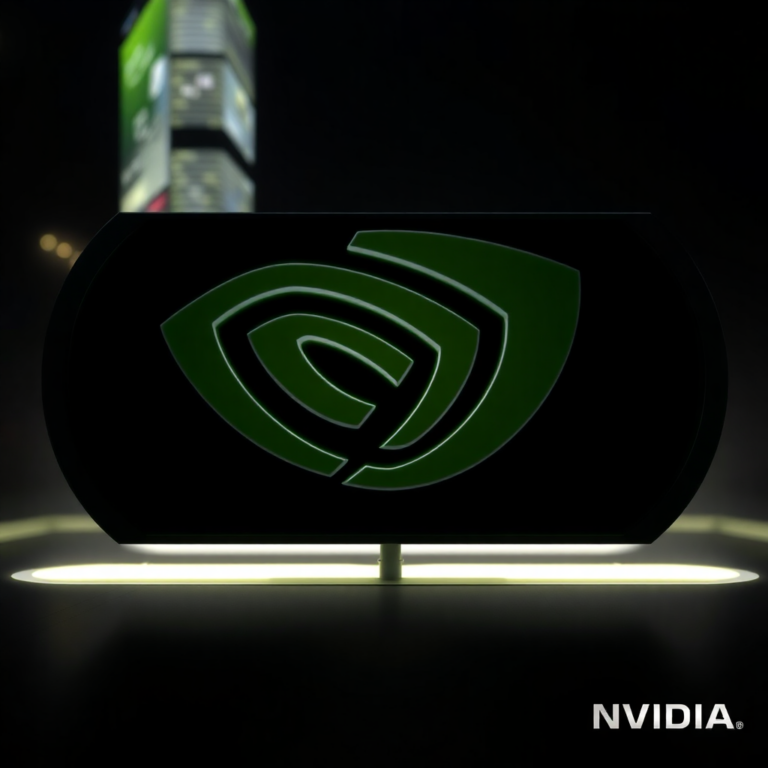The Blockchain is a secure way to store information that makes it difficult or impossible to be changed, hacked, or cheated.
Business networks can record transactions and track assets through Blockchain, an immutable, shared, distributed ledger.
There are many types of assets, including tangibles (a house, car, cash, or land) or intangibles (intellectual property, patents, copyrights, or branding).
With a blockchain network, the ability to track and trade anything of value is easily achieved, reducing risk for all parties and bringing down costs.
There are essentially two copies of every transaction present on a blockchain, duplicated and distributed among all of the computers in the network.
Every block contains an array of transactions in a blockchain, and each time a new transaction occurs, the ledger of every participant records the transaction.
Why is Blockchain important?
An organization’s success depends on information. In general, the faster it is received and the more accurate it is, the better.
Blockchains are ideal for delivering that information since they provide immediately, shared, and completely transparent information stored on an immutable ledger that network members can only access with access permissions.
Blockchain networks are capable of tracking orders, payments, accounts, production, and many other things.
In addition, member data is integrated into a single view of the truth, allowing you to see the details of every transaction, increasing confidence, and creating efficiencies and new opportunities.
Working Mechanism of Blockchain
A distributed network of computers can maintain an immutable ledger. Blockchain technology enables user transactions to take place without the involvement of third parties.
Transactions can only be performed with a wallet. For example, with a Blockchain wallet, you can spend cryptocurrencies like BTC or ETH.
So, that’s how Blockchains work. A transaction is created in the early stages of a Blockchain network by creating a block representing that transaction.
Once a block is created, the requested transaction is broadcast over the peer-to-peer network, composed of computers known as nodes, which validate the transaction.
Among the items involved in a verified transaction are cryptocurrency, contracts, and documents. In addition, the data from a new block is added to the ledger after a transaction has been verified.
In this case, it is essential to note that a secure block is created with every transaction, and a cryptographic contract is created that binds them together.
Thus, the Blockchain network is continuously governed by new blocks that are always added to the existing network, confirming its security and immutability.
Business benefits of Blockchain
In the main, Blockchain acts as a database to record transactions, but it is capable of much more than that.
Additionally, it eliminates the possibility of tampering by a malicious actor and provides the following business benefits:
- Saving time. A blockchain allows transactions to be completed in minutes rather than days. In addition, a central authority does not need to verify the settlement of transactions, so it is faster.
- Saves on costs. Less oversight is needed for transactions. Participants can exchange value directly. Because Blockchain provides participants with a shared ledger, there is no duplication of effort.
- Stricter security. The Blockchain’s security features protect the system from tampering, fraud, and other cybercrimes.
Conclusion
The Blockchain can be secured using diverse mechanisms, enabling only authorized users to view transactions and prohibit all others from accessing them.
Blockchain Technology, which has most recently been associated with Bitcoin, has become increasingly popular in recent years.
To expand Blockchain’s reach and influence, its founders have also tested other Blockchain applications. By its success and growth, Blockchain is poised to take over the electronic world soon.











